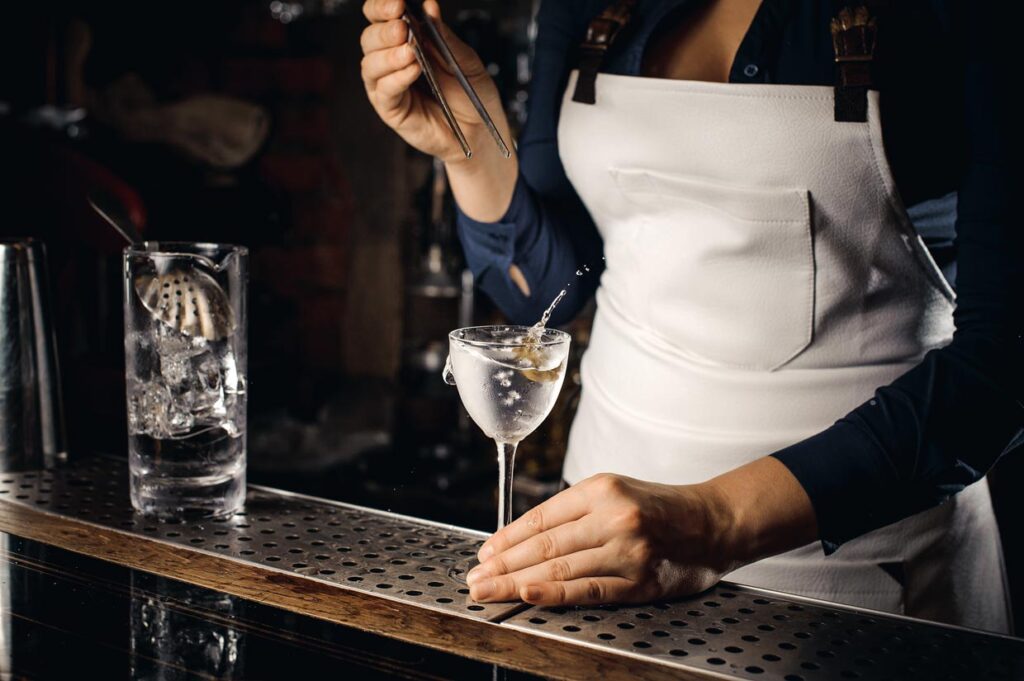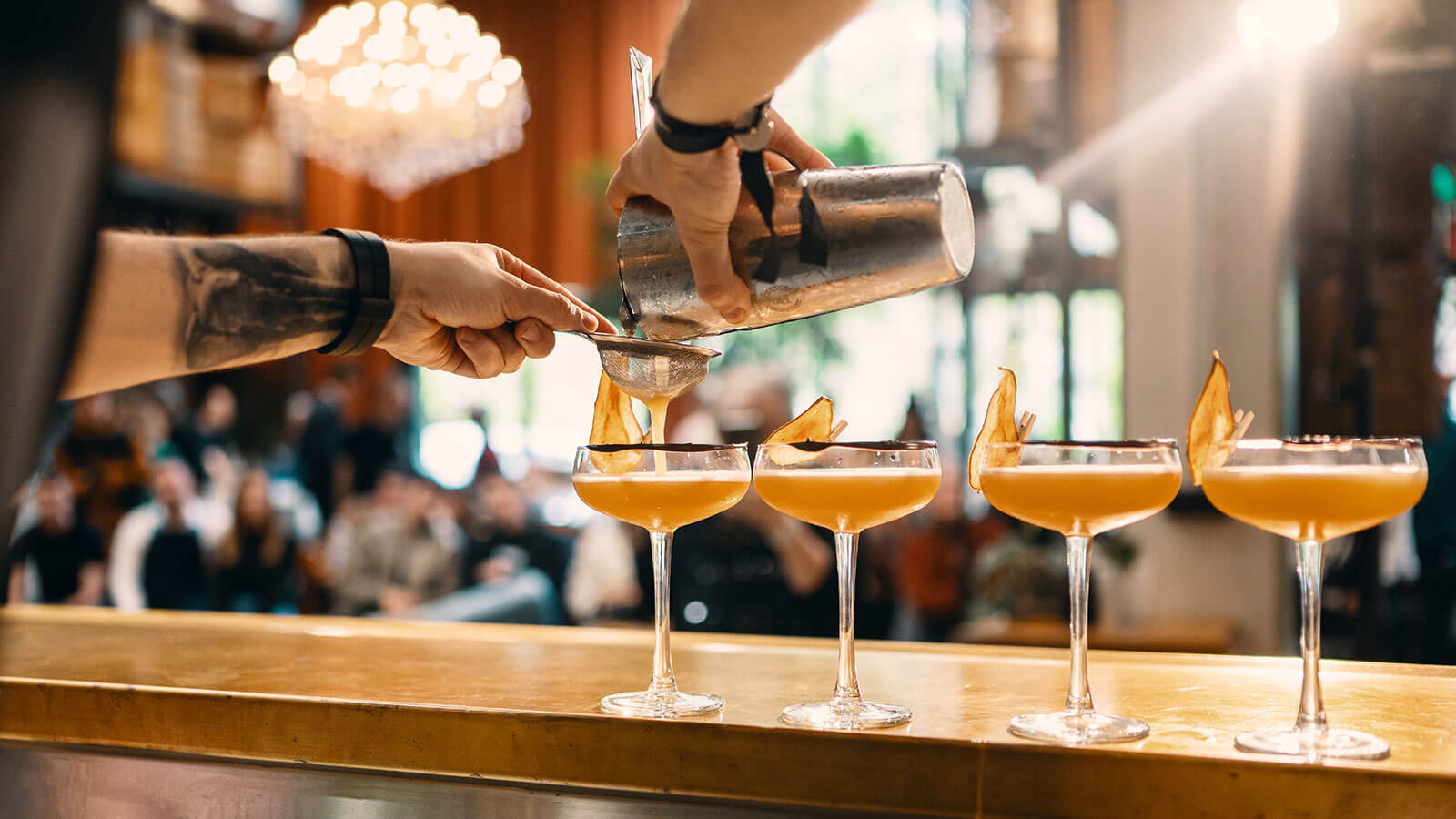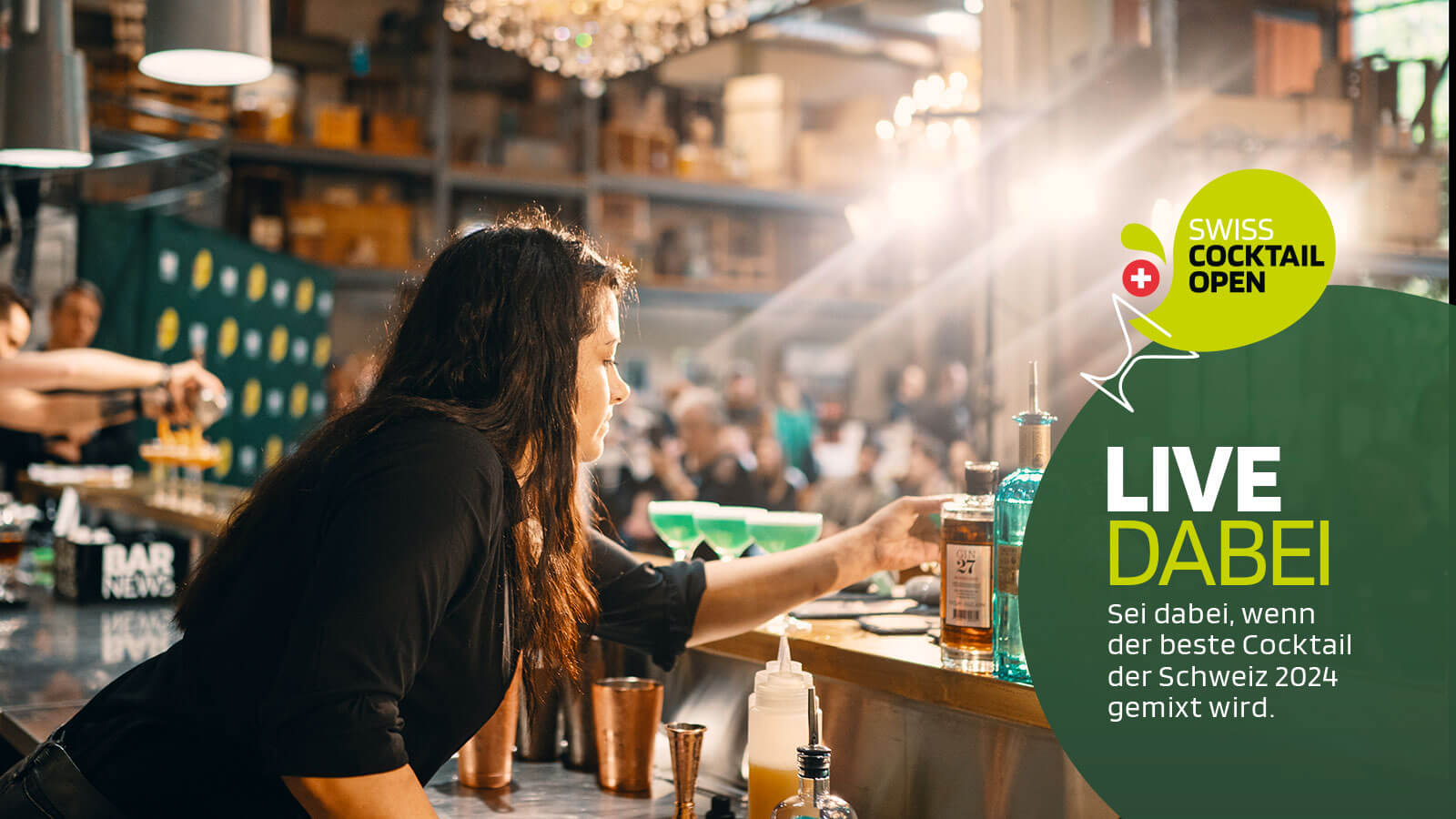Hardly a week goes by without some new gin or other appearing on the market. With ever more unusual ingredients such as oyster shells, algae or ants, gin producers - not infrequently lateral entrants and start-ups who want to get in on the booming gin market - try to attract the attention of bartenders and guests.
Many people are happy to try a new taste experience, but how often does it happen that the new gin with the unusual ingredients is actually ordered a second time? It's quite possible that the opened bottle goes on the shelf with the special gins, but probably very few of these novelties make it to the speed rack.
But what are the prerequisites for a convincing pouring gin and why are many of the new gin brands not suitable for this?
The most important parameter for a bar is undoubtedly the price-performance ratio. Especially in the case of gin, a category of spirits that is so often reached for these days, a fairly large amount of bottles sold often comes together at the end of the year.
Of course, price is often the killer criterion in this area. And yet. A convincing pouring gin must prove itself both in a gin & tonic and in the most frequently ordered cocktails. It goes without saying that the juniper should be in the foreground.
A convincing pouring gin must prove itself in a gin & tonic as well as in the most frequently ordered cocktails.
But what other aromas should be in the foreground? Citrus or rather spicy notes? Can it be something more eccentric like Mediterranean herbs or even a subtle fruity note? How does the gin harmonize with the standardTonic Water in our range and can it also be used to prepare a solid Dry Martini? There is no getting around these questions when you have to decide on a gin for the Speed Rack.
The alcohol content also plays a role that should not be underestimated. Is it better to choose a presumably cheaper product with the legal minimum alcohol content of 37.5% by volume or does a gin with 40, 43 or even a navy-strength gin with 57% by volume rather meet the needs of Barkeeper or the wishes of the guests?
Does the gin match the pub?
You should also be aware that the pouring gin should match the philosophy of the bar. Does my bar rely on local ingredients or do I mainly serve affluent guests with high expectations? Then it might be worth investing a little more money if you can also charge more for the gin & tonic.
Do my customers have an affinity for brands or is sustainability an important issue for them? Then either a well-known, international gin brand with a potent marketing budget or the organic gin from the region is appropriate.

The willingness to pay for clear spirits is still lower than for barrel-aged distillates. But gin has set an example: guests are happy to pay a little more for a convincing clear product.
In the case of gin & tonic, the growing range of premium tonics served in many bars is not the least of the reasons for the increased prices. Tonic from the 1-litre bottle is now very rare, especially in the more upmarket bars.
But the guaranteed carbonation that comes with individual 2-dl tonic water bottles has its price. It's quite possible that the Tonic Water is the bigger cost driver in the highball glass than the gin itself. As a consequence, the gin & tonic costs more than an elaborately mixed cocktail on the bar menu at quite a few bars.
Handling
While the factors mentioned so far are of central interest to the bar manager, the shape and size of the bottle is also of relevance to the Barkeeper . Gins in 5-dl bottles are not very suitable for pouring.
Not only does it produce more empties, but the constant changing of pourers and removal of plastic seals is simply not practical during busy periods. Economically and ecologically, simple and light 7-dl bottles with a good grip and a sufficiently long bottle neck are therefore more suitable for pouring.




